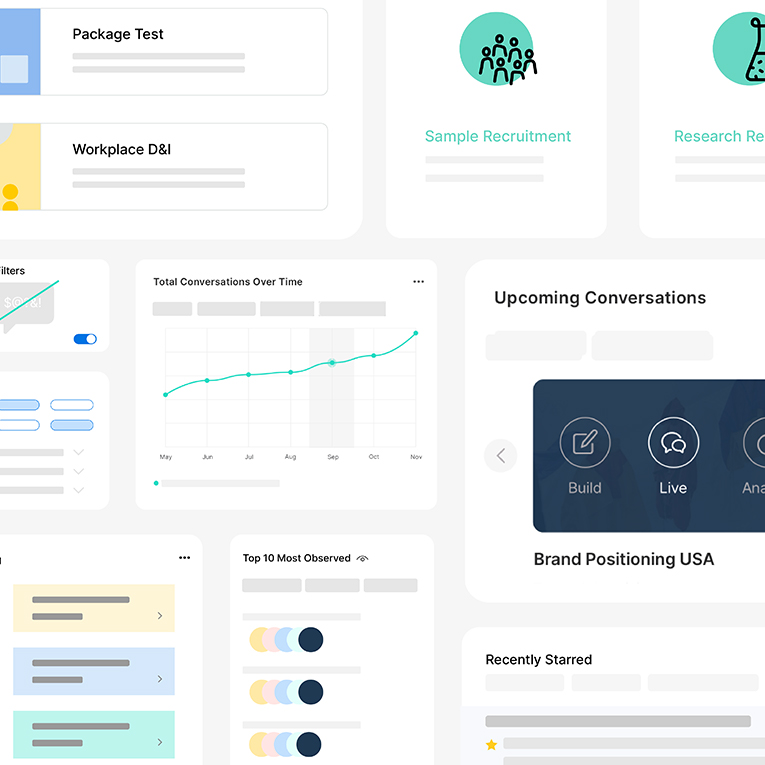.webp)
Trends
How to Calculate Your Sample Size Using a Sample Size Formula

.png)

.png)
Read More

.png)
.png)
.png)
Maria Noesi
November 25, 2021
Remesher
.webp)
Trends
How to Calculate Your Sample Size Using a Sample Size Formula

.png)

.png)
Read More

.png)
.png)
.png)
November 25, 2021
Remesher
.webp)
Trends
How to Calculate Your Sample Size Using a Sample Size Formula

.png)

.png)
Read More

.png)
.png)
.png)
November 25, 2021
Remesher
.webp)
Trends
How to Calculate Your Sample Size Using a Sample Size Formula

.png)

.png)
Read More

.png)
.png)
.png)
November 25, 2021
Remesher
.webp)
Trends
How to Calculate Your Sample Size Using a Sample Size Formula

.png)

.png)
Read More

.png)
.png)
.png)
November 25, 2021
Remesher
.webp)
Trends
How to Calculate Your Sample Size Using a Sample Size Formula

.png)

.png)
Read More

.png)
.png)
.png)
November 25, 2021
Remesher
How To Implement A.I. in Human Capital Management Processes
Parts of human capital management can be tedious, but implementing A.I. into the employee lifecycle can make room for less filing and more strategizing.

Human capital management (HCM) is one of many company functions evolving with the implementation of artificial intelligence (A.I.). As the industry evolves in the wake of new tech, human resource professionals are using A.I. to cut back on the cost of time and resources.
Ultimately, A.I. is improving the human resources experience for candidates and companies alike.

What is Human Capital Management (HCM)?
Not to be mistaken with human resources - which involves traditional company functions such as hiring, interviewing, and resource management - HCM focuses on performance, including all scales of employee-employer interaction.
Companies use HCM strategies to oversee workforce management, collect employee data, determine and justify hiring needs, and conduct workforce analytics. Each of these strategies falls under employee performance management, working to ensure that companies reach their full potential. HCM is not only a function but a resource for companies and their employees.
HCM is a set of practices that extends far beyond the search for industry talent and hiring a team. Similar to any other asset in the success of a company, human capital management must be continuously maintained, refined, and polished.
But how does A.I. innovate these functions?

(Source: HR Technologist)

Human Interactions With Non-Human Systems
Virtually every industry across the globe - from consumer packaged goods to politics - is integrating A.I. technology into its business strategies. This means a couple of things for companies and employees.
The reality is that adopting A.I. systems requires humans to become more conversational and comfortable with computers as coworkers, or at least, computers approaching the function of coworkers. How does this automation affect the experience of the company, candidate, or current employee?
Using A.I., human resource teams can spend far less time on manual functions such as resume screenings, and more time on the strategic planning of company initiatives, which require human insights. Ultimately, the question becomes, “how can A.I. innovate productivity?” To understand that, it’s helpful to investigate HCM’s place in the employee lifecycle.

Workforce Planning: The Employee Lifecycle
The employee lifecycle can be broken down into six phases. Innovative and effective human capital management strategies account for each phase evenly in an effort to deliver the best possible employee experience. Let’s take a look at each of the six phases, the role they play for employees and companies, and how A.I. is changing them.

Talent Acquisition Management
Acquiring strong talent and talent management often begins by developing strong employer branding. What perception do potential employees have of the company culture, its social initiatives, or the overall office environment?
Employer branding can come from a variety of different places, including word of mouth, representation of company culture, impressive company growth, compensation plans, and so on. HR teams - with the help of marketing teams - are continuously developing and showcasing their brand image to attract new talent.
For example, companies tend to showcase their office culture on social media platforms or career pages such as Greenhouse. Companies can also use A.I.-powered talent acquisition tools to streamline hiring. Some examples include:
- IBM Watson’s Candidate Assistant Tool. This system uses technology to scan through keywords in resumes to match potential candidates with the right jobs. It also helps filter out candidates that don’t match the job descriptions.
- Textio’s Job Description Tool. Finding the right candidate can be tough without the right job description. This tool helps HR teams persuasively outline a role, and identify biased language that might discourage a qualified candidate.

A.I. in Employee Recruitment
The recruiting process begins with opening up the floor to talent and ends with hiring the candidate that will push the company forward. With hundreds - even thousands - of applicants competing for positions, this can be an incredibly meticulous and time-consuming process for HR teams.
A.I. can help automate the recruitment process through machine learning and natural language processing systems. One example of this technology in action is Mya, an A.I.-powered HCM software that automates the candidate lifecycle, people managing and empowers HR teams to focus on higher-level tasks.

(Source: IBM)
Of course, these technologies are not without their flaws. Some deficiencies - like in Amazon’s A.I.-backed candidacy review strategy - have done damage to brand reputations.
Last year, Amazon made headlines when they identified bias in their recruiting tool. After analyzing the way the brand’s technology reviewed applications in all roles, data revealed that the system was selecting resumes of primarily male candidates.
Flaws like this have raised an industry-wide concern over the ethics of A.I.

Onboarding New Employees
Onboarding new talent sets the tone for employee productivity. Whether starting at a large corporate company or joining a smaller startup team, the onboarding process is a key driver of employee engagement.
HR teams are constantly coordinating with department leaders to ensure new hires are set up for success. Streamlining the training process, making sure employees quickly integrate into their new team, and checking in with online employee surveys (which are increasingly driven by A.I.) like Remesh are essential for a strong onboarding strategy.

Employee Skill Development
Happy employees make happy clients, which means that employee skillset growth is critical to a company’s success. HR teams place a significant amount of time and budget on keeping their employees fulfilled, engaged, and producing high-quality work.
Improving employee engagement can be as simple as implementing employee recognition programs, or as advanced as targeted learning tools like Zoomi, which can measure the impact of improved skill sets and design personalized growth paths for employees.

Employee Retention Strategies
Almost 90% of workers feel that a peer-to-peer recognition system increases their work satisfaction. A strategy like this could be executed by creating an active Slack page solely for kudos and shoutouts to other team members. Slack add-ons like Bonusly, which uses a point system to recognize employees, can also be implemented.

(Source: Octanner)

Saying Goodbye (Feedback and Employee Advocacy)
This is the last stage in the employee lifecycle.
Regardless of the terms of separation, this phase is a unique opportunity for HR teams to collect data and capitalize on the opportunity to improve their HCM strategy. Past employees can be valuable resources in recommending new talent to the company for future hiring.
In larger companies with more team members, employees are constantly transitioning out of the company into the next phase in their career paths. HR teams are using A.I. in their HR functions to collect larger amounts of this employee data, which is easier to analyze than traditional manual processes of collection.

Strategic Human Capital Management
HCM strategies encourage growth in their employees. Employees can develop their knowledge and skillset, or simply interact more positively in the office.
Studies show that companies who spend a significant amount of focus on employee engagement tend to have more satisfied clients. Human capital management is a key asset in ensuring that this engaging employee environment is cultivated, developed, and polished as a company grows - just as a product might be developed over time.

Innovation in Human Capital Management
HCM strategies live in a continuous state of development and innovation. But to understand innovation targets, reflect on a few objectives that HCM strategies aim to achieve:
- Hiring speed and efficiency
- Workforce acquisition and management systems
- Analyzing employee data
- Internal organization of company
- Professional development training

So, What’s Next for A.I. in HCM?
Trust.
Technology advances each day, and in return, companies feel more secure using A.I.-powered systems to automate time-consuming functions. As industries continue to change and evolve with new human capital management software, HR departments and HCM strategies will evolve with them.
Want to know how to keep your employees engaged, but don’t know where to start? Empower employees using A.I. with our eBook on the state of the industry.
{{cta('4abf9265-99f0-44cd-85ce-80d0e374681d','justifycenter')}}
Stay up-to date.
Stay ahead of the curve. Get it all. Or get what suits you. Our 101 material is great if you’re used to working with an agency. Are you a seasoned pro? Sign up to receive just our advanced materials.






